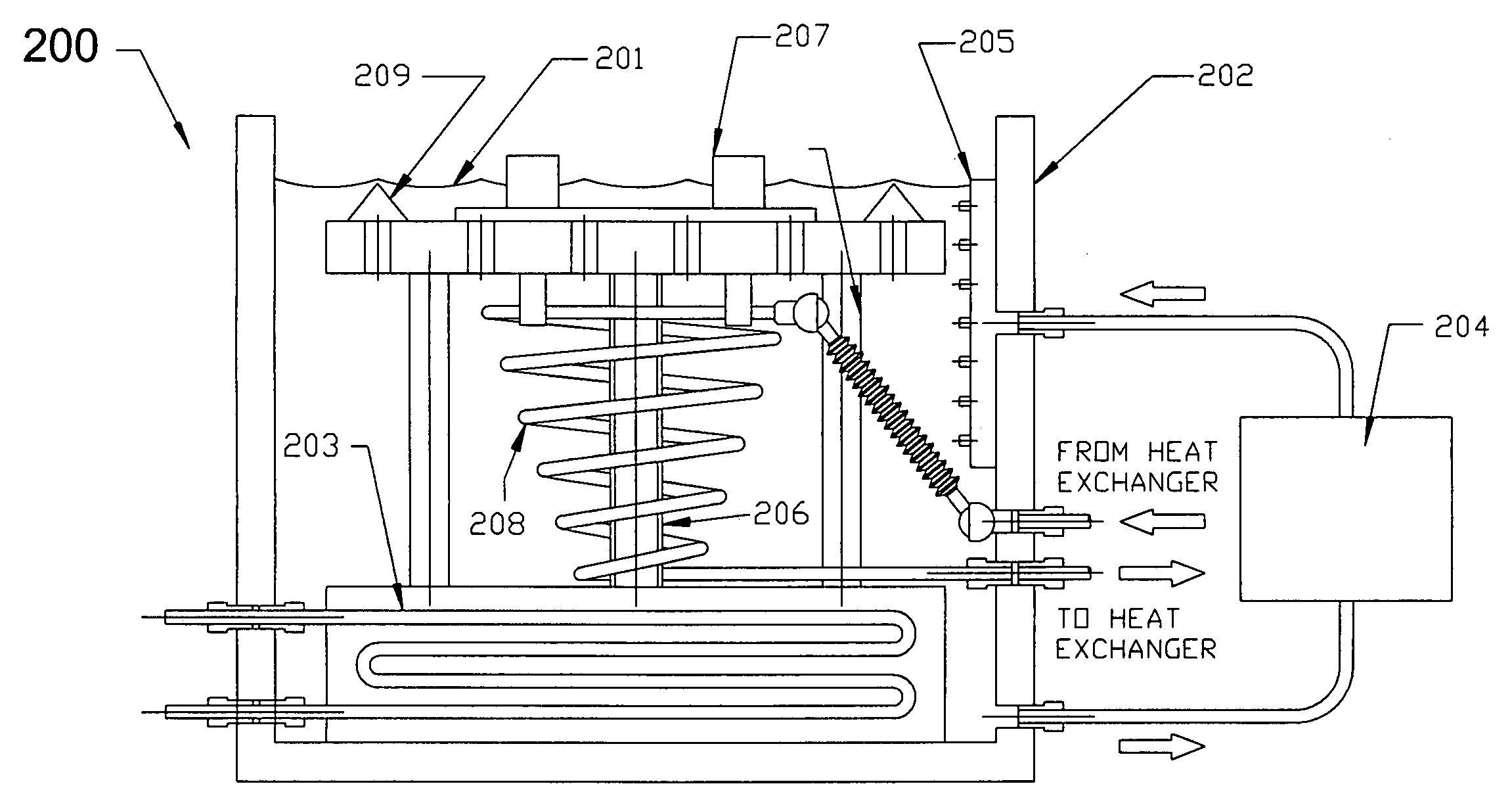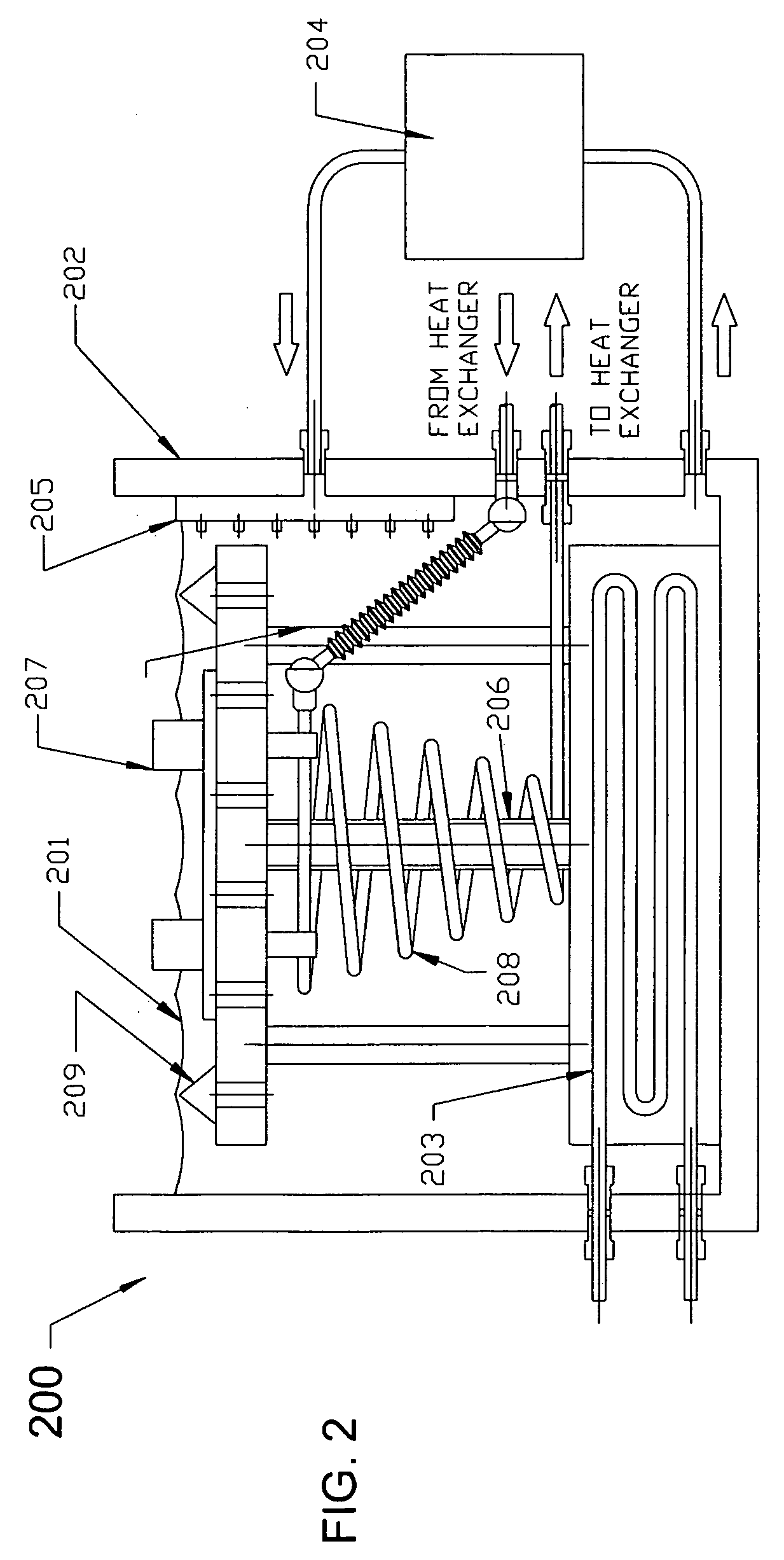In
spite of the promise of dramatic reductions in both recurring costs (time, material and energy) and non-recurring cost (tooling) and having been in development for twenty years, DEMD has not been able to displace existing processes such as
forging and
casting, even in the most vulnerable applications.
There are five obstacles contributing to this impasse, both technical and economic.
Technically, the state of the art of DEMD systems has two major limitations: 1) the desired geometry and surface finishes cannot be achieved directly from deposited
metal; 2) quality of the fusion, and particularly the absence of voids, cannot be assured.
Adding to the technological challenges are three economic disadvantages to current DEMD processes: 1) deposition rates are too low to make the processes economically competitive; 2) the feedstock (typically
powder) is expensive to produce, and much of it gets wasted; 3) the deposited material still requires expensive post-deposit machining.
The main commercial limitation to this technology is that the parts made are typically non-functional, especially when the desired components are designed for structural or mechanical purposes and require high strength,
temperature resistance, and / or
fracture toughness.
These processes are able to product parts that approximate the material properties of cast
metal, although persistent voiding remains a problem to this day.
The limitations of these processes are that deposition rates are low and are not void-free, surface finishes are rougher than are typically desired, and build-ups are limited to part profiles that do not include negative draft angles.
However, these processes still do not result in parts with accurate dimensions or good surface finishes (i.e.,
net shape), and most detrimentally, still have a tendency to produce deleterious voids and generally lack the desired material properties (e.g., strength,
ductility,
fracture toughness) consistent with their cast or forged counterparts.
This combination results in a layered buildup that produces less voids and higher deposition rates.
Its limitations are that the requirement for multiple multiaxis synchronicity between the fixturing system and the robotic
welding system diminishes
repeatability and reliability, and therefore produces less accurate “not-so-near-net” shapes.
Metallurgically, the
open air environment introduces oxidation products which are largely deleterious in structural environments; and MIG
welding produces a large
heat affected zone (HAZ), causing (undesirable) non-uniform
microstructure.
Most importantly, MIG
welding in general affords little potential for automated control of the energy and
mass transfer dynamics necessary for
molten pool stability, because the only
process variable available for control is the arc current.
None of the other energy sources used in RP have even half that control ability.
Undoubtedly this is an improvement over the accuracy of other previous wire feed systems (e.g., Brown et al, U.S. Pat. No. 4,323,756), but it is doubtful that it would be more accurate than
stereolithography, whose resolution is the width of the
laser, whereas Rabinovich's resolution is limited to the minimum
diameter of his wire.
Additionally, as with any of the systems previously mentioned, the finer the resolution required, the slower the build process.
Namely, the Rabinovich's design lacks the rigidity to remove material in anything other that a surface
smoothing mode, as Rabinovich represents the milling head's intended use.
The entire design is suspended and presupposes a C-frame construction that limits its ability to be further stiffened.
Secondly, Rabinovich's invention does not allow for the use of multiple metal removal tools or multiaxis tool orientation necessary for the finish machining of most complex structural components (he describes a millhead that can be angled, but shows a mill head that is fixed—an angled milling capability requires much more mechanical, structural and control features, and the attendant space—than his invention provides or affords).
Thirdly, Rabinovich's invention does not provide for
heat management and microstructure control as the current invention does (not unsurprisingly, since his
machine was not intended to melt the volumes of metal typically required for forgings and castings).
Although better capable of metal removal tasks than Rabinovich's invention, since it is essentially a mill, Prinz' design is simplistic and commercially impractical: it does not provide a means for automating the
metal deposition process; the use of “complementary material” for overhangs (i.e., negative draft angled profiles) is both
time consuming and wasteful; the use of specially ground milling cutters for machining underneath overhangs is both expensive and impractical, because periphery draft angles often change, even within the same layer.
Metallurgically, Prinz does not provide for any energy or
heat management or microstructural control.
As is the case with Schneebeli's patent, Prinz' use of a conventional welding head has the same limitations for
beam control.
Changing the position of the beam focus point, or shape of the beam, or
beam energy density, or beam penetrability constitute equally challenging problems using
laser physics, and trying to change multiple parameters simultaneously, much less all of parameters cited above (which is currently standard on most EB manufacturers' equipment—in
spite of Maxumder's claims to the contrary), is not part of the current body of art and therefore currently impossible.
Differentiating the current invention from Maxunder et al's invention, their claims for high speed
rapid prototyping do not apply to metal components, and his invention does not provide for use of wire feed stock or provide for interactive machining to improve dimensional accuracy and surface finishes.
However,
powder has five serious drawbacks, four economical and one technical: Economically, 1)
Powder is expensive to manufacture; 2)
Powder requires an expensive
inert carrier gas; 3)
Powder cannot be deposited in very high volumes 4) A significant portion of
powder is wasted in the process (up to 50%, depending on the process particulars).
Technically, powder has a tendency to produce voids and incomplete melting, especially on the fringes of the
molten pool.
Technically, powder does not fuse as reliably as wire, because some of the powder is melted at the fringe of the molten
pool, and is potentially incompletely melted before solidification takes place.
It also produces more voids due to its larger surface area.
This subject has been largely ignored in RP literature because larger challenges loom, such as void creation and detection, slow deposition rates and geometrical inaccuracy.
Heat management becomes more of an issue as the number of deposited
layers increases and the molten
pool gets further away from the substrate and underlying platen (typically
copper, if employed) which acts as a
heat sink.
Siedal's process is limited in deposition paths that are uni-directional and therefore limited to simplistic designs.
Finally, and perhaps most importantly, none of the current processes have the ability to produce void-free metal components.
This is the single most severe impediment to commercialization of DEMD technologies.
 Login to View More
Login to View More 


